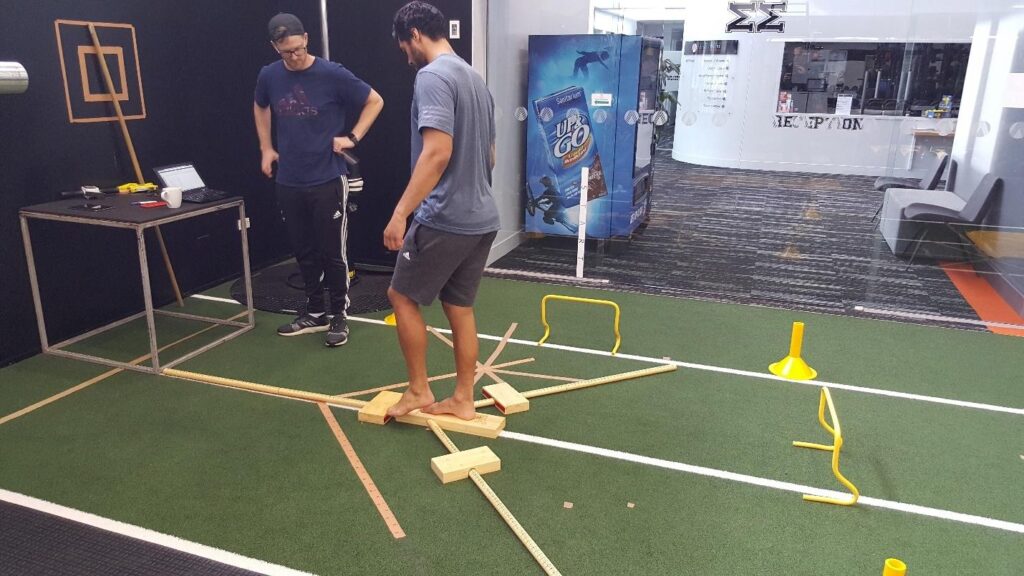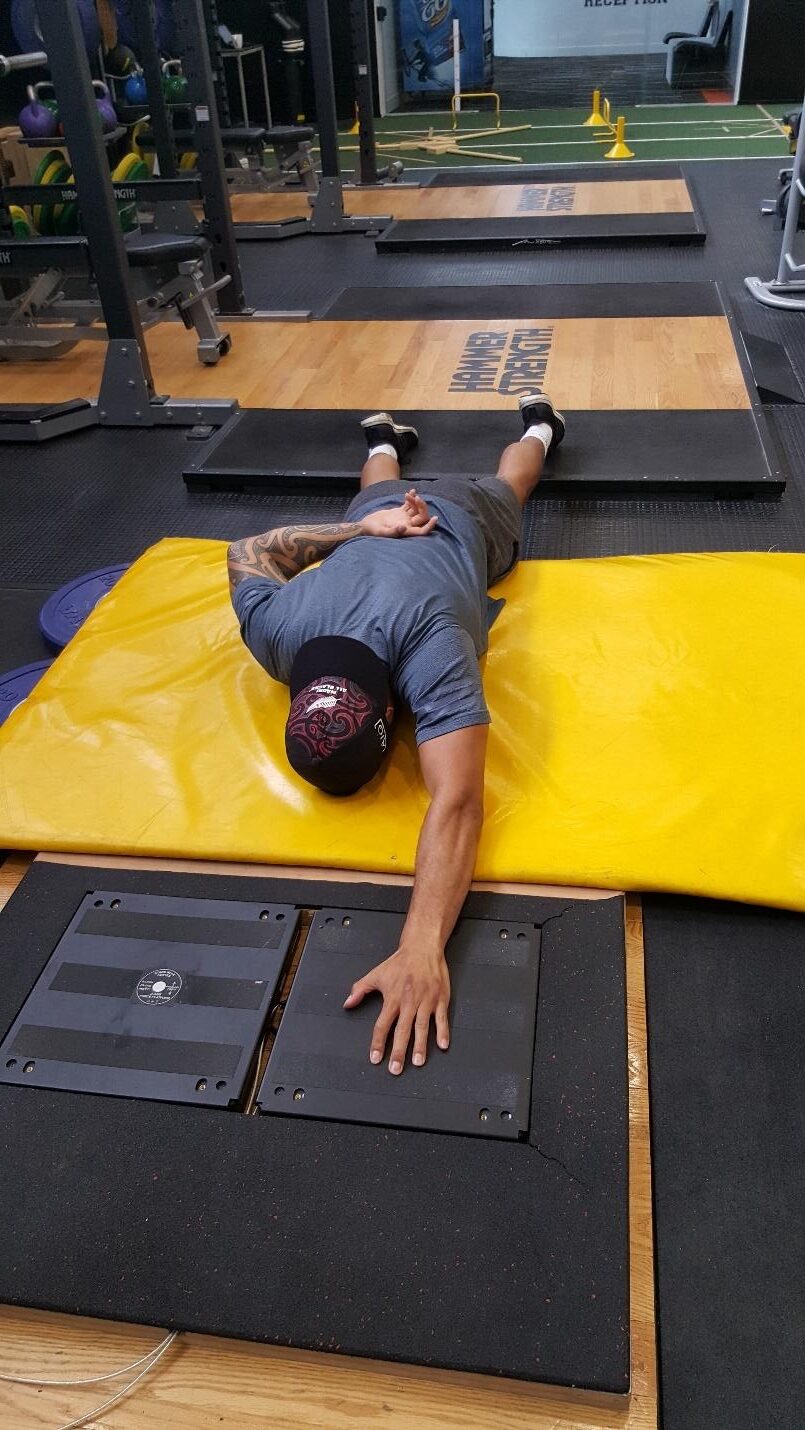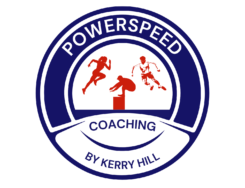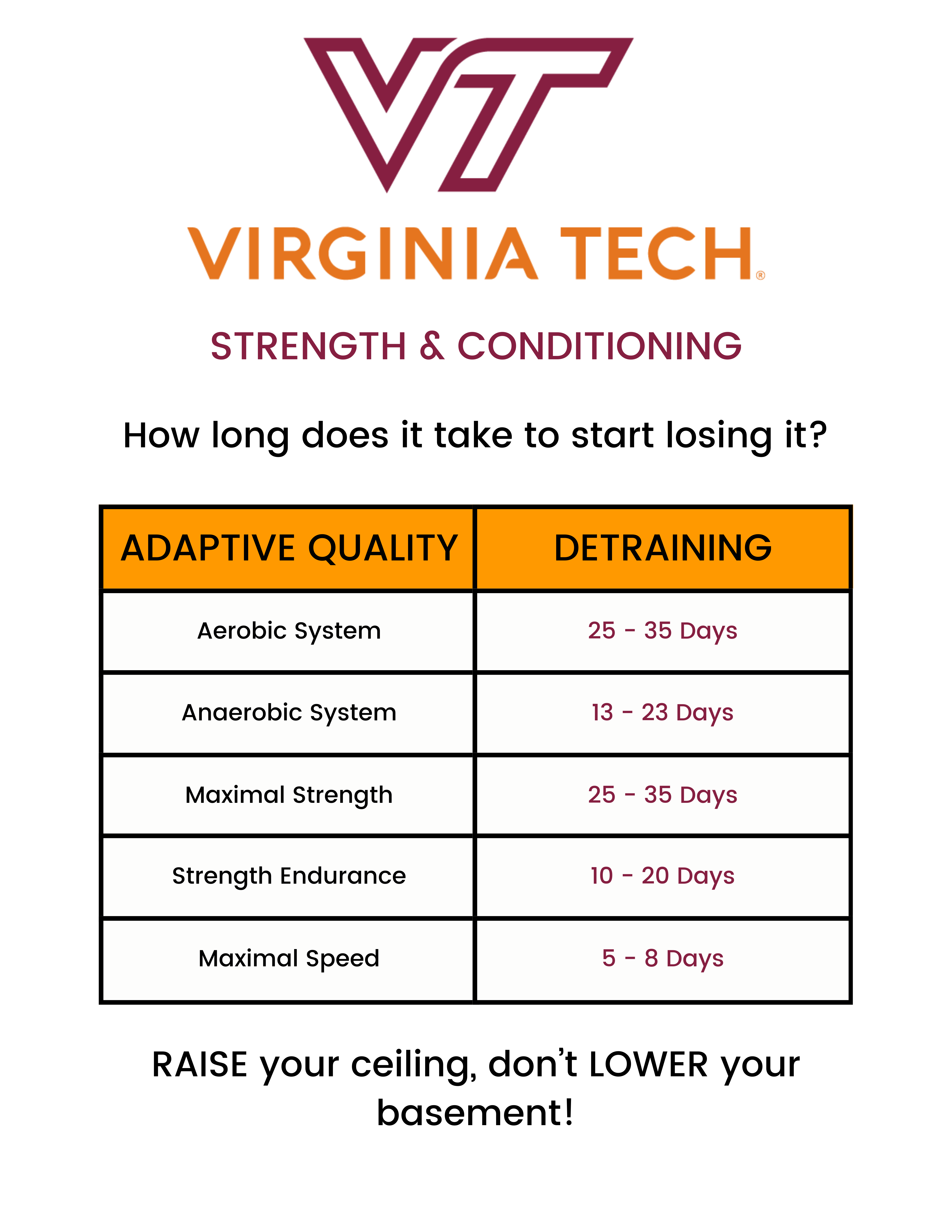Coaching & Conditioning

“ Use it or Lose it”
A fundamental cornerstone of our training philosophy is the principle: “Use it or lose it.” Research shows that with any break in training, athletes lose speed first, followed by power, strength, and finally endurance — and these qualities return in the reverse order. This understanding shapes how we approach programming, particularly in the areas of prehab, rehab, and return-to-play strategies.
We also tailor training to key growth phases. Growth spurts can increase the risk of injury when programs aren’t adapted to meet changing physical demands. During these windows, certain movements must be modified, and athlete development carefully monitored. Coaches and trainers need to be aware of how to adjust workloads to support both performance and wellbeing.
Do you know what workouts produce specific lactate responses? At Power Speed Coaching, we draw on international knowledge, including training principles from the German Federation and elite coaches like Jochen Spilker. His athlete Gaby Bussman broke 50 seconds in the 400m — they spent two summers training in New Zealand.
For example:
4–5 x 150m sprints (two sets, 5 minutes rest between reps, 10 minutes between sets) at Intensity Level 3 can produce around 10mmol/L of lactate.
2–3 x 300m sprints at Intensity 2 (I.2) with 20–25 minutes rest between reps can produce 14–16mmol/L, similar to competition demands. These workouts help prepare athletes for high-intensity (I.1) efforts during peaking phases. Custom lactate-speed charts are available to support your training plan.
Wondering if aqua training has a place in your program? It can — if used with precision. For example, tracking stride rate in the water with a metronome app allows you to measure lactate production specific to your event. We gathered this data over three years working in Asia alongside national-level sport scientists — giving you access to elite-level insight tailored to your age, position, or event.
Smarter Coaching, Safer Recovery
Hamstring Recovery & Injury Prevention
Research shows that hamstring injuries are more common than any other. Recovering from a hamstring strain isn’t just about rest — it’s about knowing exactly what exercises to use and when. When a medic tells you to return to running at “75%” or “85%”, do you know what that means for you specifically? At Power Speed Coaching, we provide tools and charts that let you measure your output accurately, so you can return safely and progressively — not just guess.
We use tried-and-tested recovery methods, including the original Mach Drills developed by Gerard Mach, a pioneer in sprint training and former Canadian national coach. He introduced these recovery protocols to New Zealand in the 1980s, and they’ve consistently proven effective when applied properly. In the 2000s, a British hamstring rehabilitation guide by Jonathan Pye and Andrew Hamilton echoed these same methods — a testament to their reliability. We continue to see strong outcomes with this approach.
Coaching Education & Avoiding the Noise
Renowned coach Vern Gambetta recently spoke in New Zealand about the rise of “Coaching Pornography” — a term he used to describe the flashy, unproven drills flooding platforms like Instagram, TikTok, and YouTube. While some content is helpful, much of it is created for views, not performance.
His message? Get properly educated. Learn how to recognise what’s valuable and what’s just noise. At Power Speed Coaching, we echo this sentiment. Our approach is rooted in experience, evidence, and mentorship from some of the world’s top coaches.

NZ Sevens assessing their conditioning.

Speed Specific Example
The higher the barriers, and the further apart they are, the faster and more explosive is the athlete. This is the 2024 World U20 Speed Climbing world champion, Julian David. His standing long jump is 2m38cm currently.

Speed Specific Example
Alternating hurdle drill, by Commonwealth Games sprinter, Matt Brown. The higher they, and the further apart, the faster is the athlete generally through the enhanced hip flexor strength and mobility, and the extended posture of the support leg.

Power Development
Nico Moratella, jumps medalist and NZ resident now from Argentina, working on ankle stiffness.

Skills Session in Action
Whanganui Collegiate visited for a camp, 2022



